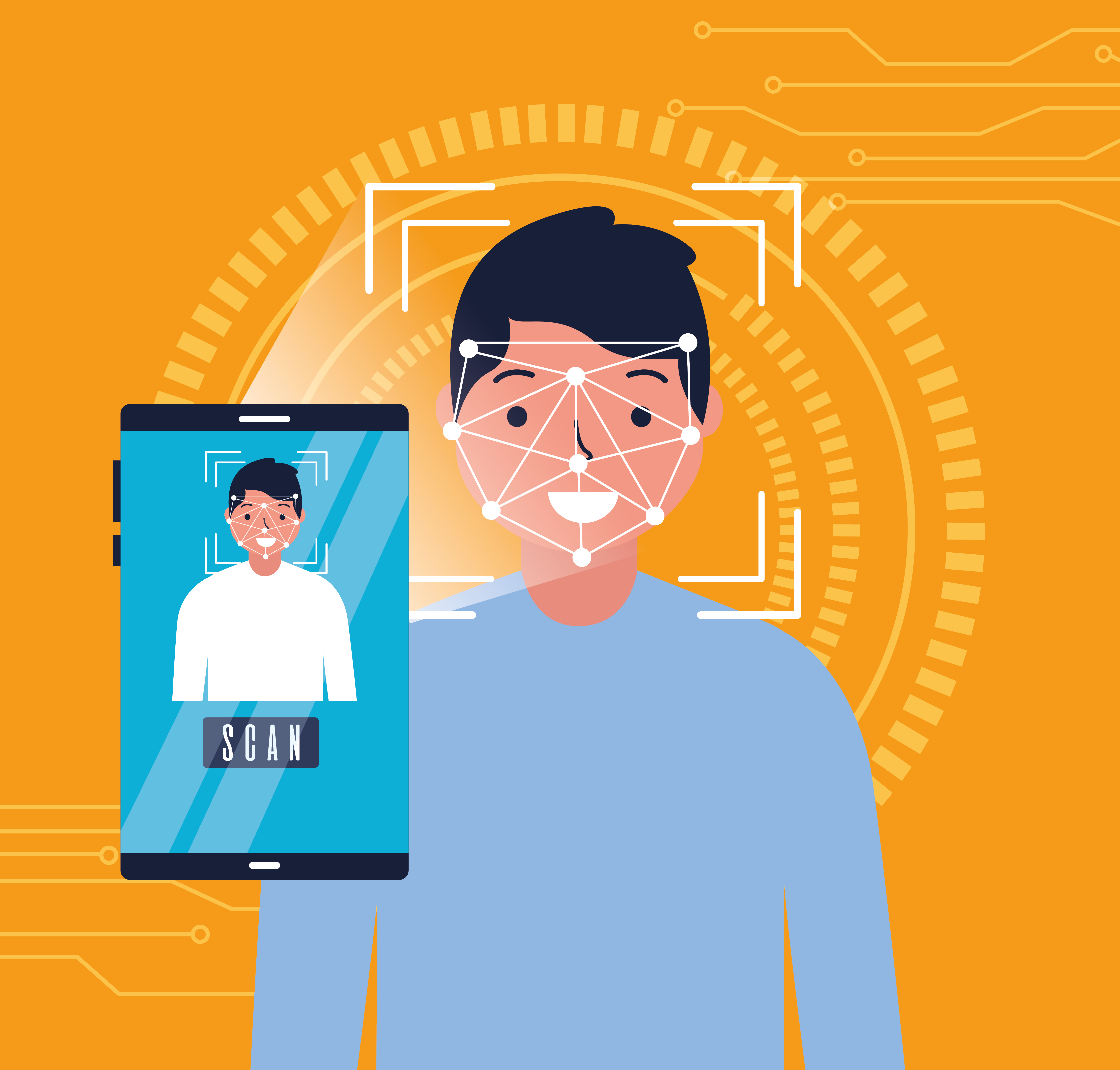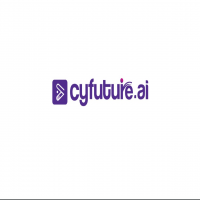Why Pre-Trained Models Are Revolutionizing AI Development

Strong 8k brings an ultra-HD IPTV experience to your living room and your pocket.
Artificial Intelligence (AI) is evolving at an unprecedented pace, and one of the most significant advancements driving this change is the rise of pre-trained AI models. These models are transforming how developers and businesses build AI-powered applications, making the process faster, more efficient, and accessible to a broader audience.
For AI app makers, leveraging pre-trained AI models means reducing development time, cutting costs, and improving accuracy without starting from scratch. In this blog, we’ll explore how pre-trained models are revolutionizing AI development and why they are becoming indispensable for modern AI applications.
What Are Pre-Trained AI Models?
Pre-trained AI models are machine learning models that have already been trained on vast datasets to perform specific tasks. These models are then fine-tuned or used directly for various applications, eliminating the need to build and train a model from the ground up.
Examples of popular pre-trained models include:
GPT (Generative Pre-trained Transformer) – For natural language processing (NLP) tasks.
BERT (Bidirectional Encoder Representations from Transformers) – For text understanding and classification.
ResNet (Residual Neural Network) – For image recognition.
YOLO (You Only Look Once) – For real-time object detection.
These models are often available through open-source platforms like Hugging Face, TensorFlow Hub, and PyTorch Hub, allowing AI app makers to integrate them seamlessly into their projects.
How Pre-Trained Models Are Changing AI Development
1. Faster Deployment & Reduced Development Time
Training an AI model from scratch requires massive datasets, computational power, and weeks (or even months) of fine-tuning. Pre-trained AI models eliminate this hurdle by providing a ready-made solution that can be fine-tuned for specific use cases.
For AI app makers, this means:
Quicker prototyping – Developers can test ideas without waiting for model training.
Faster time-to-market – Businesses can deploy AI solutions in days instead of months.
Lower computational costs – No need for expensive GPUs for initial training.
2. Democratizing AI Development
Not every business has the resources to train large-scale AI models. Pre-trained models level the playing field by allowing startups and small companies to leverage state-of-the-art AI without heavy investments.
No deep learning expertise required – Many platforms offer APIs for pre-trained models, making them accessible to non-experts.
Open-source availability – Free access to models like GPT-3 (via OpenAI) and BERT encourages innovation.
Plug-and-play AI solutions – AI app makers can integrate pre-trained models into mobile apps, chatbots, and analytics tools effortlessly.
3. Improved Accuracy & Performance
Since pre-trained AI models are trained on massive, diverse datasets, they often outperform custom-built models, especially when data is limited.
Transfer learning – Fine-tuning a pre-trained model on a smaller dataset yields better results than training from scratch.
State-of-the-art benchmarks – Models like GPT-4 and Stable Diffusion are already optimized for high performance.
Continuous improvements – Companies like OpenAI and Google regularly release updated models, ensuring developers always have access to cutting-edge AI.
4. Cost-Effective AI Solutions
Building an AI model requires:
High-quality labeled data
Expensive cloud computing resources
Skilled data scientists
By using pre-trained models, businesses can:
Reduce data collection costs – Only a small dataset is needed for fine-tuning.
Cut cloud computing expenses – No need for prolonged training sessions.
Lower hiring barriers – Developers with basic AI knowledge can implement these models.
5. Versatility Across Industries
Pre-trained AI models are being used across various sectors, proving their adaptability:
Healthcare – Diagnosing diseases using pre-trained image recognition models.
E-commerce – Personalized recommendations using NLP models.
Finance – Fraud detection with anomaly detection models.
Marketing – AI-powered chatbots for customer support.
For AI app makers, this means endless possibilities in creating industry-specific solutions without reinventing the wheel.
Challenges & Considerations When Using Pre-Trained Models
While pre-trained AI models offer numerous advantages, there are some challenges:
1. Data Bias & Fairness
Since these models are trained on large, generic datasets, they may inherit biases. AI app makers must:
Evaluate model fairness.
Fine-tune models with domain-specific data.
Use bias mitigation techniques.
2. Model Size & Computational Requirements
Some models (like GPT-3) are extremely large and require significant resources for inference. Solutions include:
Using lightweight versions (e.g., DistilBERT instead of BERT).
Deploying models on edge devices for efficiency.
3. Licensing & Ethical Use
Not all pre-trained models are free for commercial use. Developers must:
Check licensing agreements (e.g., OpenAI’s usage policies).
Ensure compliance with data privacy laws (GDPR, CCPA).
The Future of Pre-Trained AI Models
The trend toward pre-trained AI models is only accelerating, with advancements like:
Multimodal models (e.g., OpenAI’s GPT-4V for text and images).
Smaller, more efficient models (e.g., TinyML for edge devices).
AutoML integrations – Automating fine-tuning for non-experts.
For AI app makers, this means even more powerful, accessible, and cost-efficient tools to build next-generation AI applications.
Conclusion: Why AI App Makers Should Embrace Pre-Trained Models
Pre-trained AI models are revolutionizing AI development by:
✅ Speeding up deployment – No need to train models from scratch.
✅ Reducing costs – Lower computational and data requirements.
✅ Democratizing AI – Making advanced AI accessible to all developers.
✅ Enhancing performance – Leveraging state-of-the-art accuracy.
Whether you're a startup, an enterprise, or an independent developer, integrating pre-trained models into your workflow can give you a competitive edge in the fast-evolving AI landscape.
Are you an AI app maker looking to leverage pre-trained models? Explore platforms like Hugging Face, OpenAI, and TensorFlow Hub to get started today!
Note: IndiBlogHub features both user-submitted and editorial content. We do not verify third-party contributions. Read our Disclaimer and Privacy Policyfor details.


